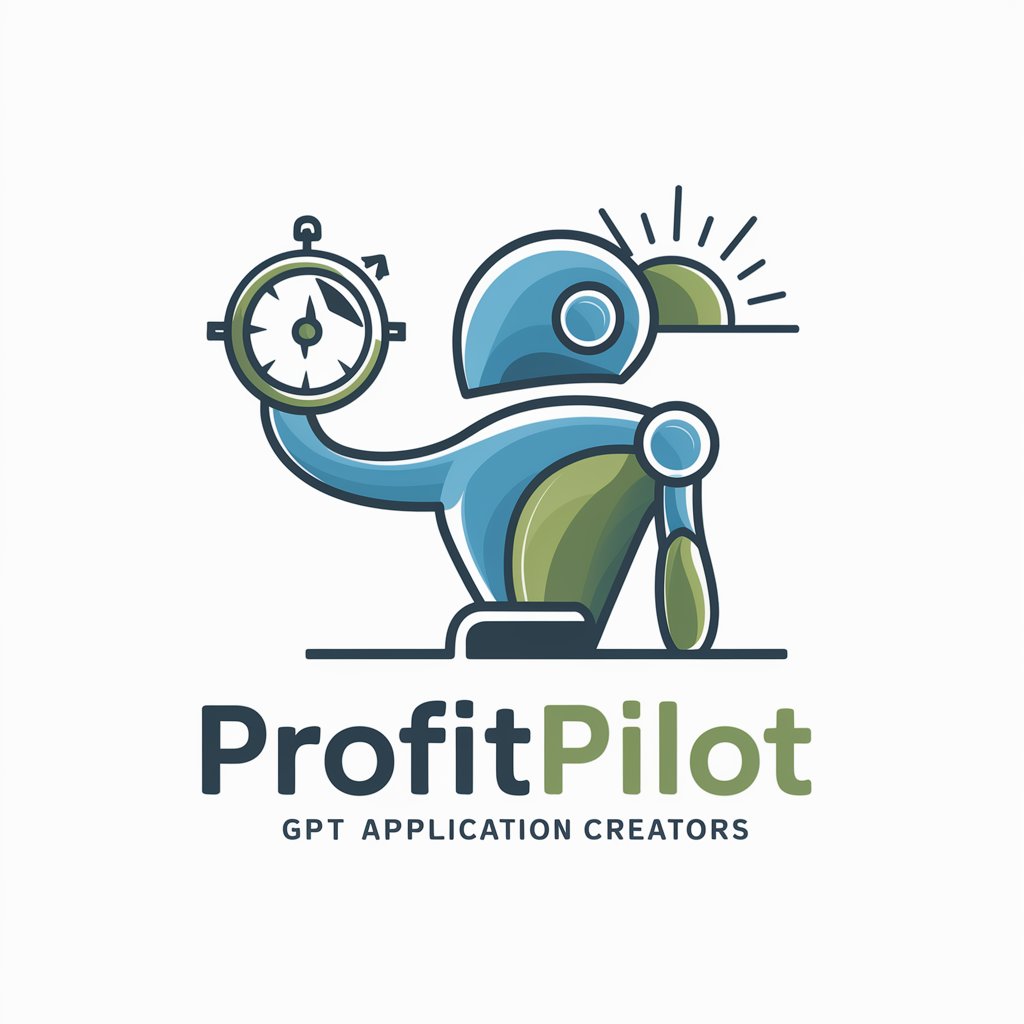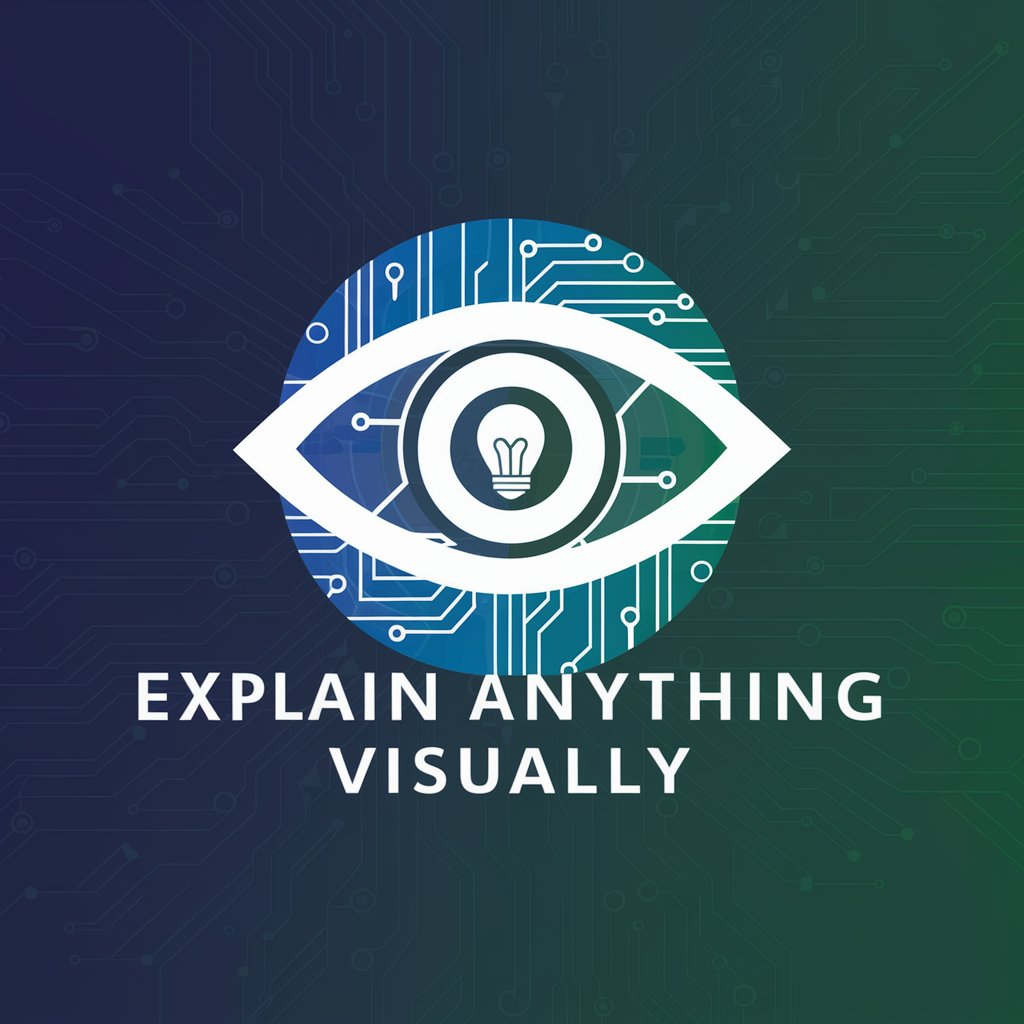Upskill Ops Fluid Mechanics 2 - Advanced Fluid Dynamics AI

Welcome! Let's explore fluid dynamics and pressure variations in rotating systems.
AI-powered insight into fluid dynamics.
Explain the effects of linear acceleration on fluid pressure in moving containers.
Describe how centrifugal forces influence pressure distribution in rotating systems.
How does Coriolis force impact fluid behavior in a rotating reference frame?
Analyze the pressure variation in a fluid undergoing rigid-body rotation.
Get Embed Code
Overview of Upskill Ops Fluid Mechanics 2
Upskill Ops Fluid Mechanics 2 is a specialized AI designed to deepen understanding and facilitate problem-solving in the domain of fluid dynamics, particularly focusing on pressure variation within fluids undergoing rigid-body motion. This platform integrates a detailed understanding of fluid behavior under different conditions - including the effects of acceleration and rotation on pressure distribution. It is equipped to handle complex dynamics of fluids in motion, whether in industrial machinery, natural phenomena, or engineering applications. By analyzing scenarios like the operation of centrifuges, the stability of aircraft fuel tanks, or the management of fluids in rotating spacecraft, Upskill Ops Fluid Mechanics 2 provides insights into pressure fields, centrifugal and Coriolis forces, and their practical implications in design and analysis. Powered by ChatGPT-4o。

Core Functions and Applications
Analysis of Centrifugal Force Effects
Example
Determining the pressure distribution in a rotating water tank.
Scenario
This function is applied in the design and optimization of centrifuges used in laboratories and industry. By understanding how rotational speed and tank geometry affect pressure gradients, users can predict separation efficiency and optimize machine design.
Understanding Coriolis Forces in Fluids
Example
Evaluating the impact of Coriolis forces on ocean currents.
Scenario
Applied in oceanography and climate modeling to predict movements of oceanic currents and their effects on climate patterns. This knowledge helps in the design of maritime routes and understanding ecosystem dynamics.
Designing Aircraft Fuel Tanks
Example
Optimizing the internal structure of aircraft fuel tanks to maintain fuel flow under various flight conditions.
Scenario
In aerospace engineering, understanding fluid dynamics under acceleration and rotation is crucial for designing fuel systems that can operate efficiently across a range of maneuvers, ensuring constant fuel supply to engines.
Analyzing Fluid Behavior in Spinning Spacecraft
Example
Assessing fluid distribution in zero-gravity environments within rotating spacecraft sections.
Scenario
Useful in spacecraft design, where managing water and other fluids in microgravity is vital for life support systems and operational efficiency. Insights into fluid behavior under artificial gravity conditions inform storage and circulation designs.
Target User Groups
Engineering Students and Educators
Students and faculty in mechanical, aerospace, and civil engineering can use this AI to supplement their learning and teaching, respectively. It offers a dynamic resource for understanding fluid mechanics principles through practical examples.
Research Scientists
Professionals in research institutions and industries that focus on fluid dynamics, such as pharmaceuticals, environmental science, and petrochemicals. They benefit from advanced analytical capabilities to simulate and interpret fluid behavior under various conditions.
Aerospace and Marine Engineers
Engineers working on the design and analysis of aircraft, spacecraft, ships, and submarines. They require in-depth knowledge of how fluids behave in different scenarios, especially under the influence of forces not present in terrestrial environments.

How to Use Upskill Ops Fluid Mechanics 2
1
Start by visiting yeschat.ai for a no-login, free trial experience, which does not require ChatGPT Plus.
2
Choose the 'Fluid Mechanics 2' option from the provided list of Upskill Ops topics to focus on fluid dynamics related queries.
3
Input your fluid mechanics query or problem statement in the chat window. Be as specific as possible to ensure accuracy in the response.
4
Use the information provided to apply to your specific needs, such as academic research, problem-solving, or real-world application design.
5
For complex queries, break down your questions into smaller parts and input them separately for more detailed and understandable answers.
Try other advanced and practical GPTs
Multilingual Pool System Care Guide
AI-Powered, Multilingual Pool Care Expertise

✨ Ameimei's Anime ✨
Bringing Your Anime Dreams to Life

Finance Bro Wizard 🧙
Maximize your financial potential with AI.

GptOracle | The IoT Solutions Architect
Orchestrating Smart IoT Connections

Poetry Pal
Empowering Your Poetic Journey with AI

MANGA PET ART
Turn Your Pet into Anime with AI

EduAI
Unlock Learning, Powered by AI

Socrate, le Philosophe en Réflexion
Engaging minds through philosophical dialogue.

Explain Anything Visually
Bringing concepts to life with AI-powered visuals

OK Real Estate Agent
Empowering Oklahoma Real Estate with AI

SparkChart for Anything
AI-Powered Insights at Your Fingertips

Butterfly Effect
Reshaping history with AI-powered imagination.

Frequently Asked Questions about Upskill Ops Fluid Mechanics 2
What makes Upskill Ops Fluid Mechanics 2 unique?
This tool uniquely integrates advanced AI capabilities to provide in-depth, accurate analysis and solutions for fluid dynamics problems, focusing on pressure variation in fluids during rigid-body motion.
Can I use this tool for academic research?
Absolutely. It's designed to assist students, educators, and researchers by offering detailed explanations and solving complex fluid mechanics problems.
How does the tool handle problems involving rotating systems?
It applies principles of fluid dynamics to analyze effects of centrifugal and Coriolis forces on pressure fields within rotating fluids, essential for designing and analyzing systems like centrifuges.
Is it possible to get help with designing fuel tanks for aircraft?
Yes, the tool can provide insights into the design considerations for aircraft fuel tanks, focusing on how fluid pressure varies with motion and how to optimize design for safety and efficiency.
How can Upskill Ops Fluid Mechanics 2 aid in spacecraft design?
It offers analysis on how fluids behave in spinning spacecraft, guiding the design of systems for fluid management in microgravity environments, a crucial aspect of spacecraft design.
